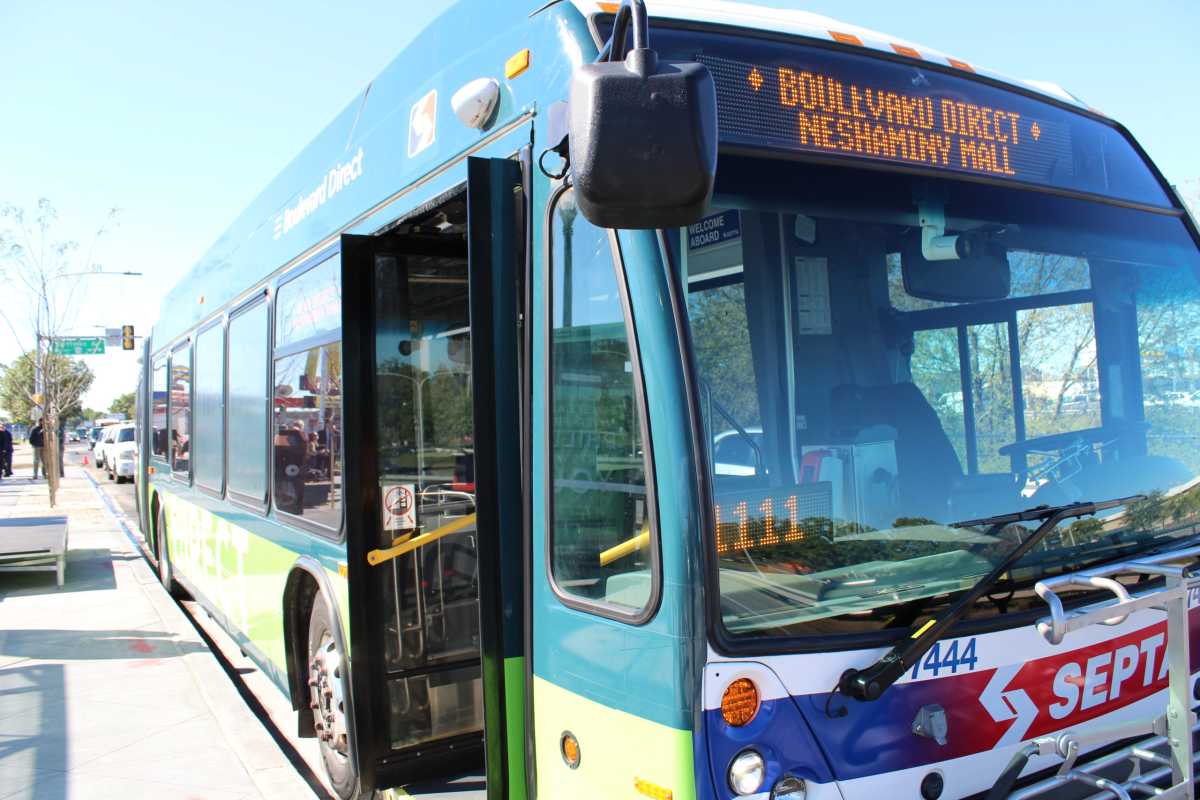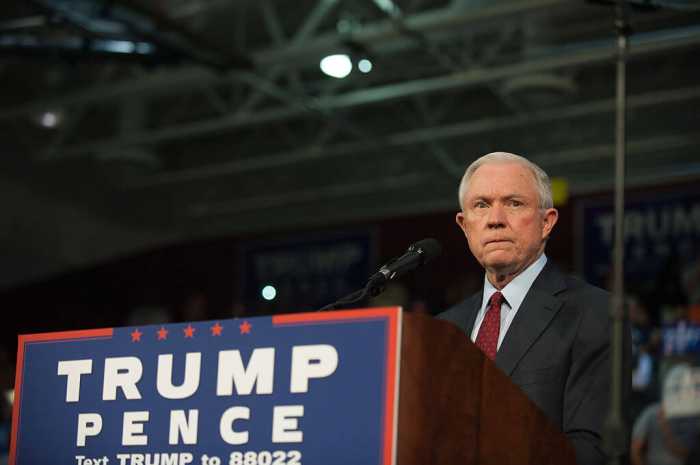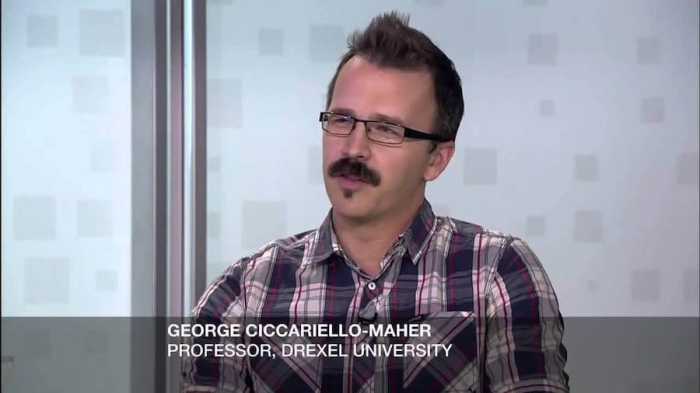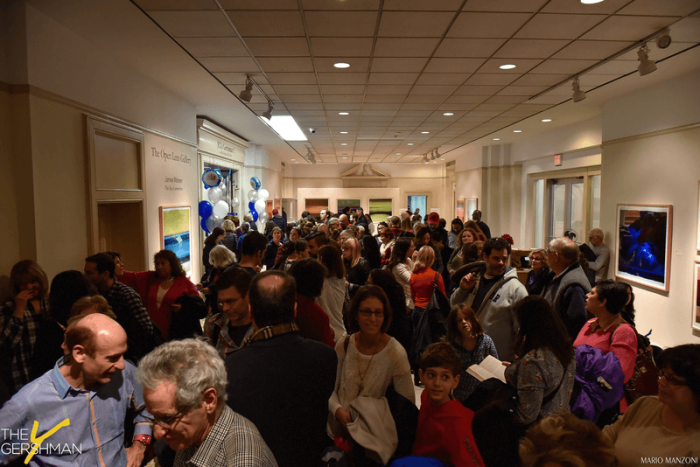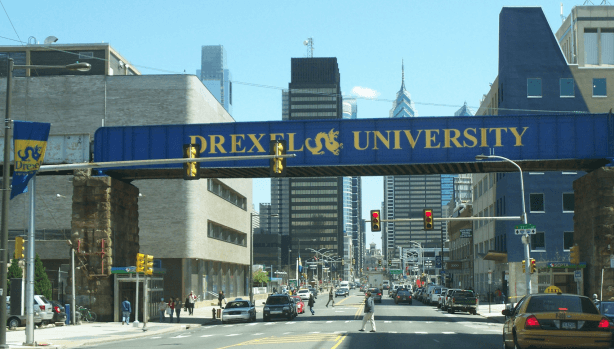A significant revamp to Philadelphia’s bus routes, the city’s first-ever system-wide redesign, came a step closer Thursday, as SEPTA’s board approved a $3 million contract with a transportation consultant for the project.
The full-roll out is expected to take three years, as the authority, public transit experts and city officials review all aspects of bus service. It will also include extensive public outreach, SEPTA said.
The process will be informed by a 2018 report, which, among other proposals, suggested the authority space out its bus routes, consider all-door boarding, eliminate duplicate routes and widen the length between stops.
San Francisco-based Nelson/Nygaard, which received the contract, will likely begin examining SEPTA’s entire bus network in February, after the final details of the deal are sorted.
“They bring a perspective that allows us to kind of borrow from what’s worked elsewhere nationally and internationally,” Andrew Busch, an authority spokesman, told Metro.
The 2018 report kicked off SEPTA’s Comprehensive Bus Network Redesign initiative and was compiled by Jarrett Walker + Associates, another consultant, which took six months to study all bus routes in Philadelphia.
Many of the current routes were based on the city’s streetcar system in the early 20th century. The report found that a redesign shouldn’t significantly alter the routes because they follow logical patterns.
However, it did conclude that SEPTA should cut back on rush hour service in some areas and focus on all-day frequency.
In addition, the report advised the authority to ditch its frequent stopping practice. Most buses pull up on nearly every corner.
SEPTA has since taken action on some of the recommendations, including removing a fee on transfers. Riders with Key Cards are now entitled to one free transfer per trip.
Pandemic-related fiscal challenges — SEPTA is losing $1 million a day due to ridership losses — have not derailed the bus redesign, Busch said.
It’s actually become more important, he added, as the authority looks to maximize its resources and increase efficiency.
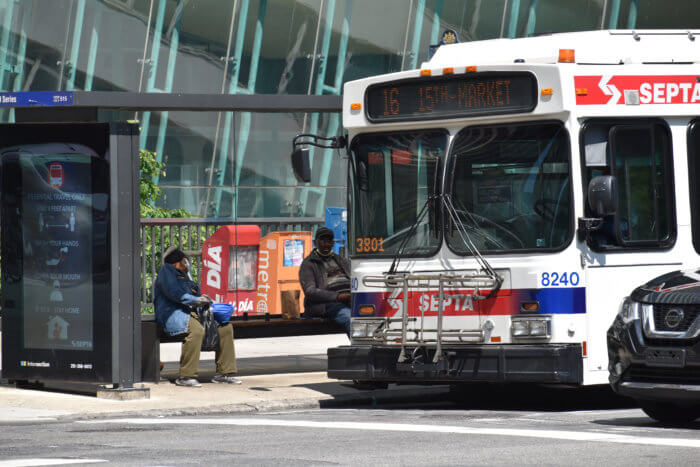
Besides hiring the consultant, the project is not expensive for SEPTA, mainly relying on existing equipment rather than massive capital improvements.
COVID-19 and its unintended consequences, though, will play into the plan, according to Busch.
“We’re going to have to take into account things like potential long-term ridership changes coming from this,” he said. “We know that it’s going to be a little different.”
“Work-at-home trends have obviously accelerated greatly during the pandemic, so we have to account for those kinds of things when we look at this project and how to implement it,” Busch added.
Ridership remains low. On buses, trolleys and subways, it has been at 30% of pre-pandemic levels through the fall, and Regional Rail ridership is down 90%.
Last week, SEPTA announced a partnership with Drexel University to study virus prevention measures on public transportation, in part to show residents that it is safe to ride.
Researchers will be looking at ventilation, masks and sanitation efforts. Drexel and SEPTA will be applying for a $600,000 grant from the Federal Transit Administration.
“That would really make it a really robust effort,” Busch said. “The case that we’re making to the FTA is that it’s something that could be beneficial to other agencies. The things that we find could help them with their efforts.”
Even if they don’t get the grant, SEPTA has earmarked $200,000 for the study, which may change how it approaches its virus strategy.
The authority has ramped up cleaning efforts, installed stickers to encourage distancing on vehicles and required riders to wear masks.



